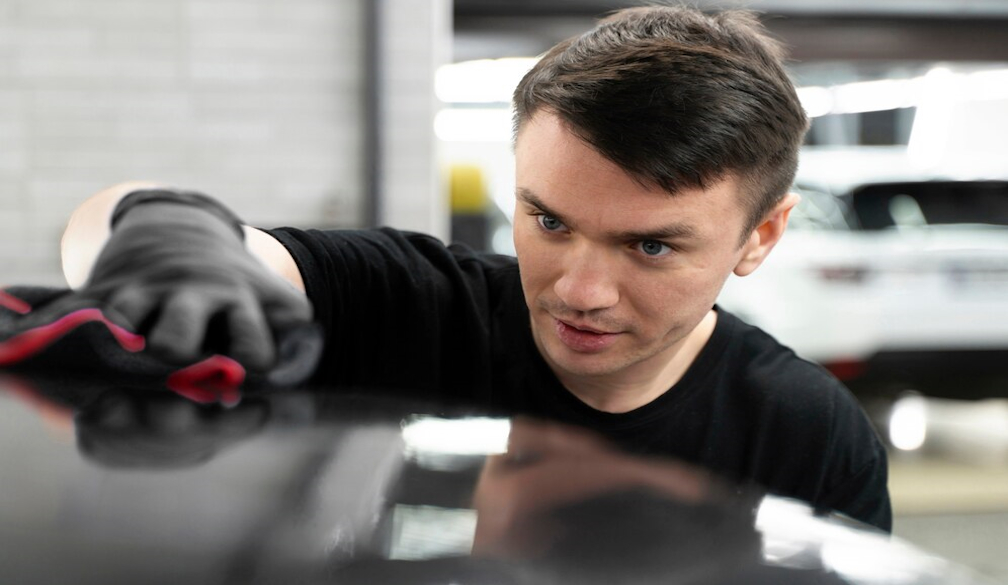Exploring Different Windscreen Chip Repair Techniques

A damaged windscreen can be a significant safety hazard, impairing visibility and weakening the structural integrity of a vehicle. Fortunately, various techniques are available to repair chips and cracks, extending the life of a windscreen and maintaining safety standards. This article explores the different methods used in windscreen chip repair, from DIY solutions to professional services.
Understanding Windscreen Damage
Types of Chips and Cracks
Windscreens can suffer from various types of damage, each requiring specific repair techniques. Common types include:
- Bullseye: A circular chip with a distinct impact point.
- Star Break: Radiating cracks from a central impact point, resembling a star.
- Combination Break: A mixture of bullseye and star break characteristics.
- Edge Crack: A crack that starts within two inches of the windscreen edge.
Importance of Prompt Repair
Addressing windscreen damage promptly is crucial. Small chips can quickly expand into larger cracks due to temperature changes, road vibrations, or further impacts. Immediate repair can prevent the need for a complete windscreen replacement, saving time and money.
DIY Repair Kits
How They Work
DIY repair kits are readily available and provide a cost-effective solution for minor windscreen chips. These kits typically include resin, a curing film, and a device to inject the resin into the chip. The resin fills the chip, and exposure to sunlight or a UV lamp hardens it, restoring the windscreen's transparency and strength.
Advantages and Limitations
DIY kits are convenient and inexpensive, making them a popular choice for small, non-complex chips. However, they have limitations:
- Effectiveness: DIY repairs might not be as durable as professional repairs.
- Skill Required: Proper application requires some skill and patience.
- Type of Damage: Not suitable for larger or more complex damage.
Professional Repair Services
Advanced Techniques
Professional repair services employ advanced techniques and equipment to handle a wide range of windscreen damage. Common methods include:
- Injection Method: Similar to DIY kits but using higher-quality resin and professional-grade injection tools for better results.
- Vacuum Sealing: Removes air from the chip before injecting resin, ensuring a stronger bond and clearer finish.
- UV Curing: Utilises powerful UV lamps for a faster and more efficient curing process.
Benefits of Professional Repairs
Opting for professional repairs offers several advantages:
- Expertise: Trained technicians can assess the damage accurately and choose the best repair method.
- Quality Materials: Higher-quality resins and tools result in more durable repairs.
- Warranty: Many repair services offer warranties, providing peace of mind.
When to Choose Replacement
In some cases, repair might not be feasible, and replacement is necessary. Factors influencing this decision include:
- Size of the Damage: Cracks longer than 14 inches often require replacement.
- Location: Damage in the driver’s line of sight or near the edges might compromise safety even after repair.
- Depth: Deep cracks that penetrate through multiple layers of the windscreen typically need a replacement.
Innovations in Windscreen Repair
Mobile Repair Services
Mobile repair services bring professional repair directly to the customer, offering convenience without compromising on quality. These services are particularly useful for busy individuals or those in remote locations.
Smart Windscreens
Emerging technologies are integrating smart features into windscreens, such as heads-up displays and sensors. Repairing these advanced windscreens requires specialised techniques and equipment, highlighting the importance of professional expertise.
Conclusion
Windscreen chip repair techniques range from simple DIY kits to sophisticated professional services. While DIY solutions can be effective for minor damage, professional repairs ensure the highest quality and safety for more severe or complex chips. Understanding the different methods and their appropriate applications can help vehicle owners make informed decisions, ensuring their windscreens remain in optimal condition and their journeys safe.

